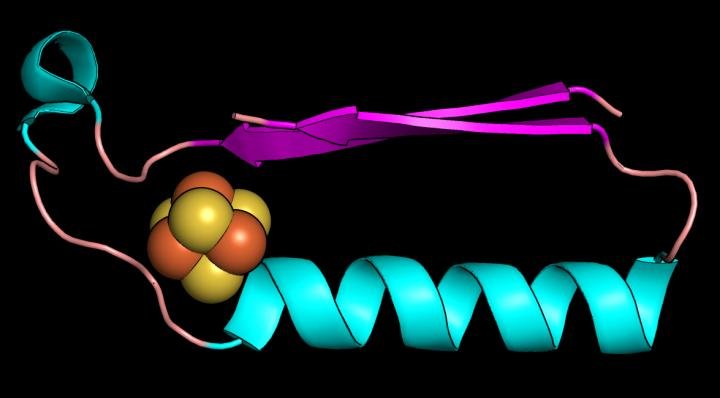Propose the structure of the first enzymes of the beginning of life

A team of US researchers has identified two key protein structures in that initial metabolism, in order to unravel how life began on Earth. According to the researchers, these simple structures would be the first metabolic enzymes, which were fundamental for the creation of life.
Researchers have had to study thousands of enzymes to predict how those first proteins were about 3,500-2.5 billion years ago. To do this, they have analyzed the evolution of enzymes from today to the past. They had been searching for those first catalysts for years, but they lacked identifying two structures that seemed fundamental. Now they have proposed them. These are two basic folds to give three-dimensional shape to proteins: a fold of ferredoxin, a protein important for energy collection by cells, which binds iron and sulfur, and a folding of the structure that proteins use to associate them with DNA and RNA. Researchers believe that both folds had a common ancestor that could be the first metabolic enzyme in life.
This is a work led by researchers from Rutgers University within the framework of the NASA ENIGMA project. The ENIGMA forecasts will now be tested in the laboratory: if the models of proteins generated by the researchers are able to provoke fundamental reactions in that initial metabolism, the researchers believe that they will have useful information to predict how life can occur outside the Earth. The study has been published by the journal PNAS.
Buletina
Bidali zure helbide elektronikoa eta jaso asteroko buletina zure sarrera-ontzian











